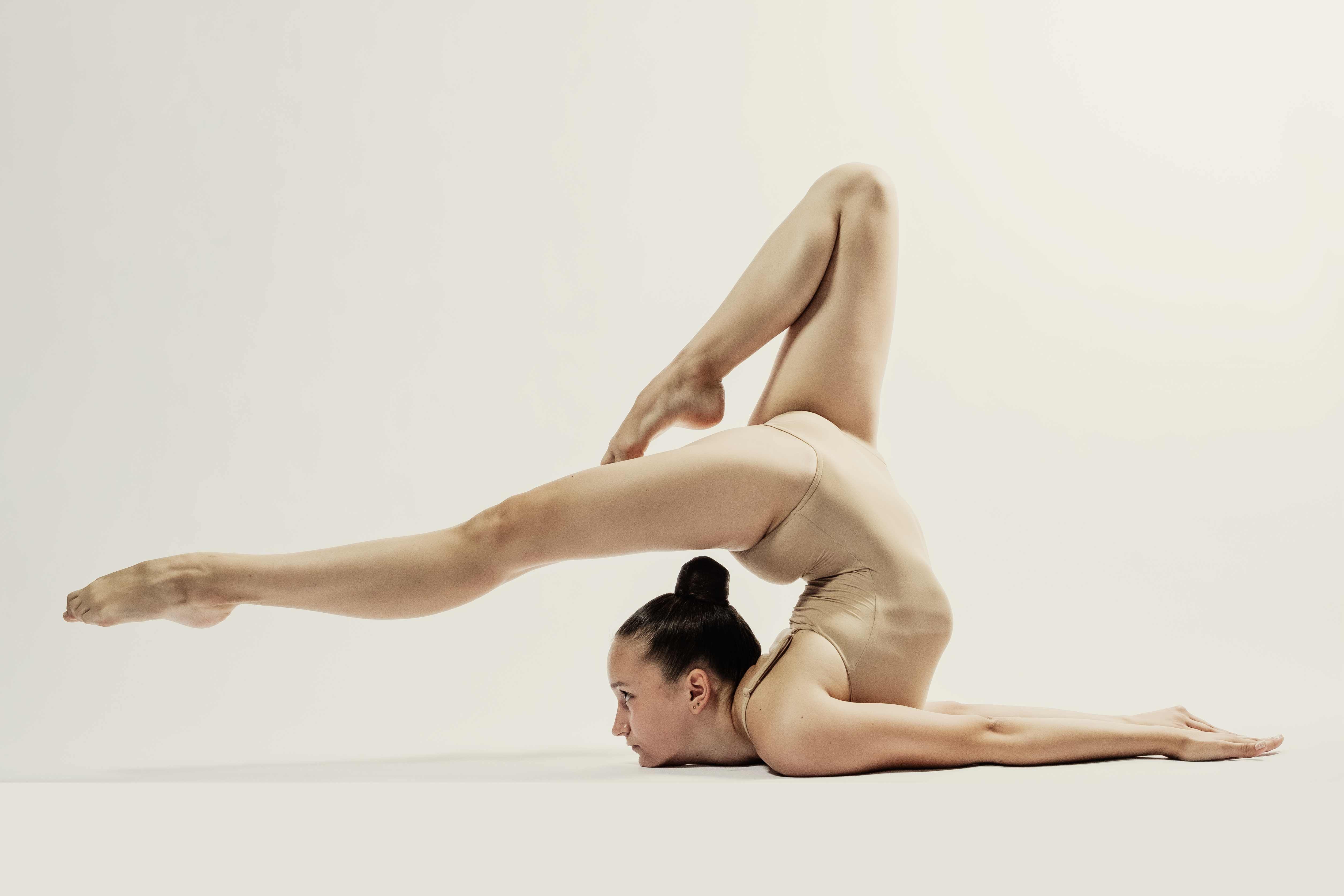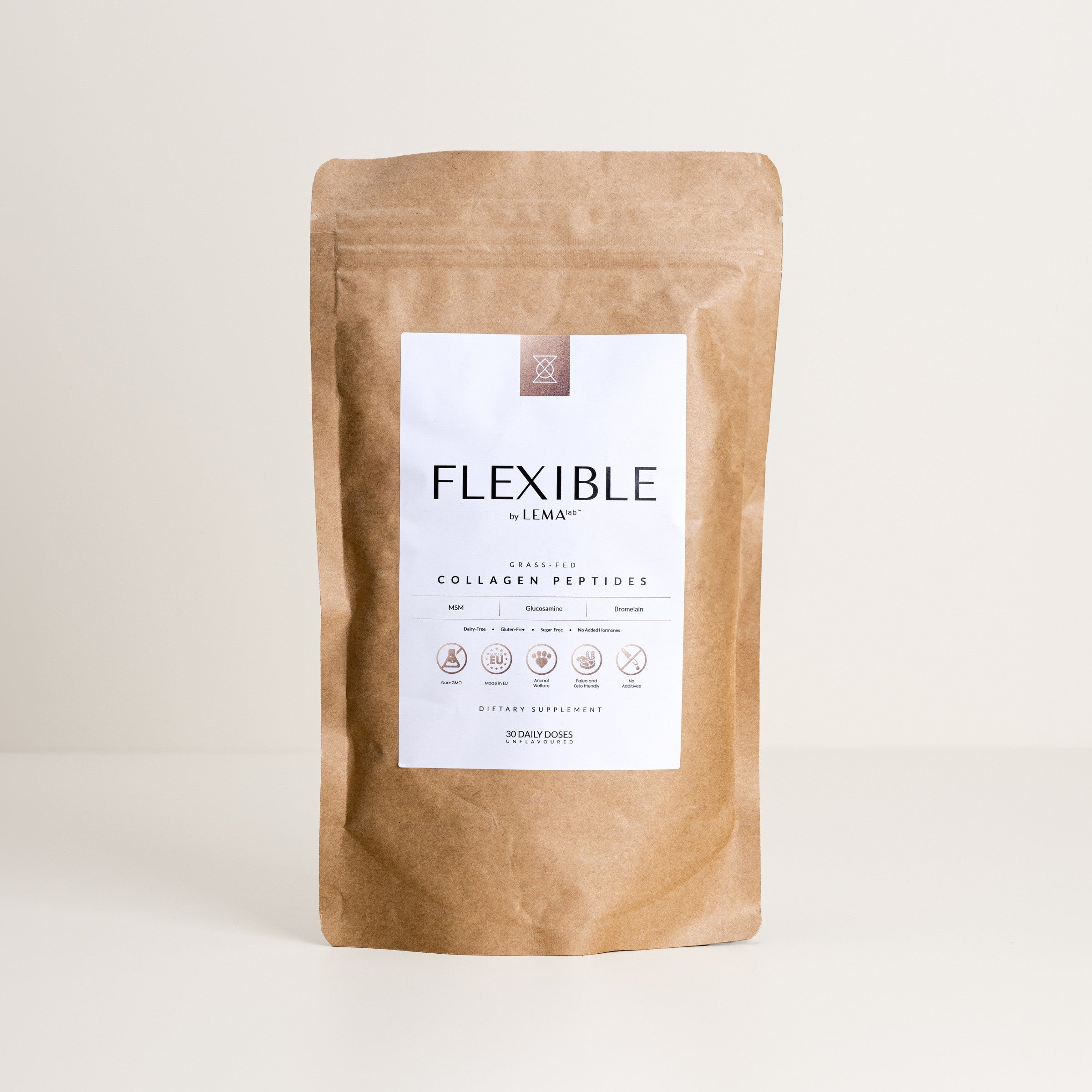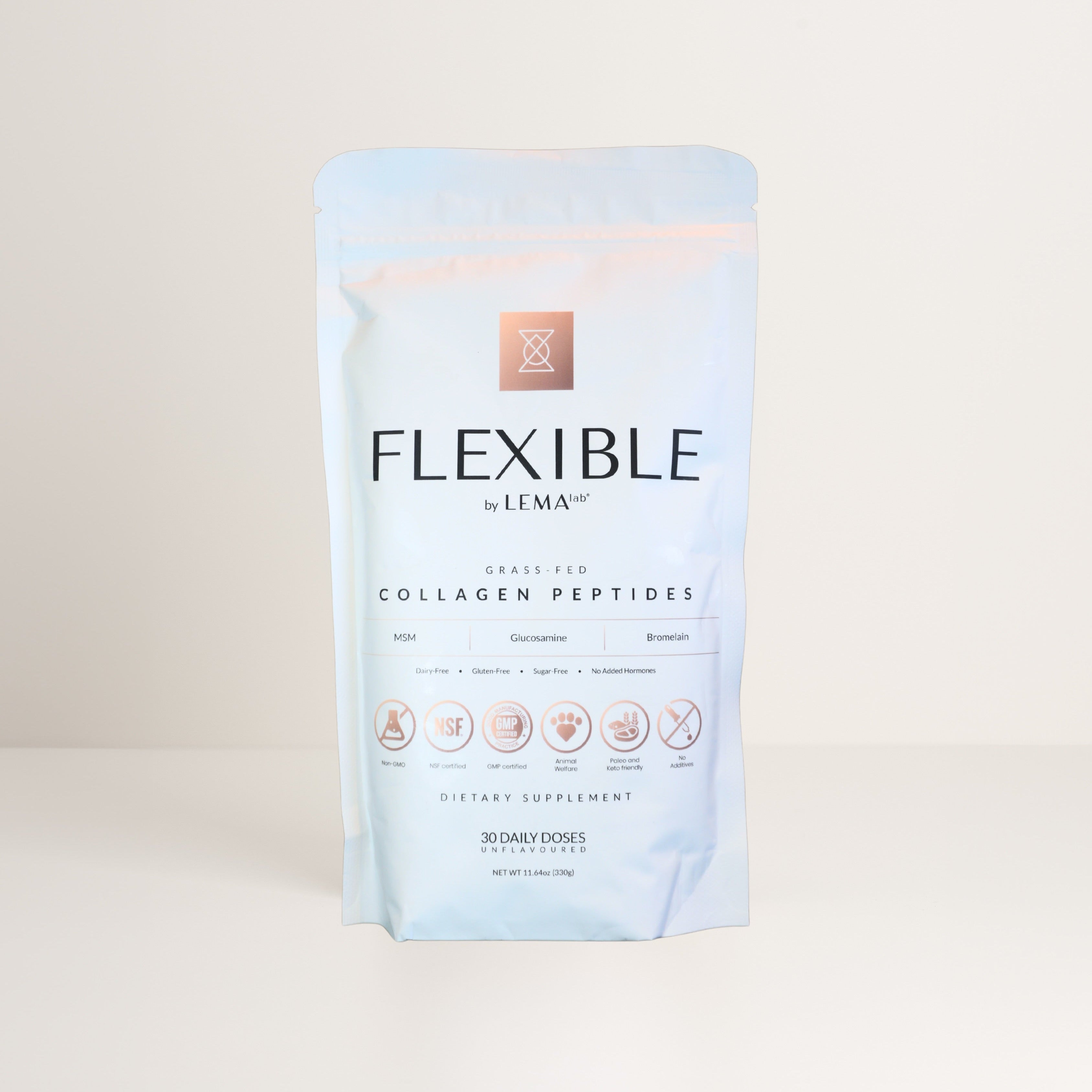
CRACKING THE CODE OF FLEXIBILITY THROUGH NERVOUS SYSTEM HACKS
Did you know that the nervous system can influence your flexibility? It turns out our body has a built-in defence system that protects us from overstretching our muscles. It's there for a reason and must be respected; however, you may be triggering it by stretching the wrong way and reducing your flexibility potential. By training the nervous system and working on neuromuscular coordination, you may overcome limitations of your flexibility journey. Today we will approach this specific neural mechanism you need to be aware of. I will also give you tricks to tame it safely.
GUARDIANS OF FLEXIBILITY: THE STRETCH REFLEX AND ITS PROTECTIVE ROLE
The stretch reflex, also known as the myotatic reflex, is a mechanism by which the nervous system responds to the rapid stretching of muscles. When a muscle is extended too quickly or too far, sensory receptors within the muscle (muscle spindles) detect the change and send signals to the spinal cord, basically asking it to stop before damage occurs. It's a 'NO, stop this now!' message. In response, the spinal cord triggers a reflexive contraction of the stretched muscle to prevent it from being stretched further. This reflex protects muscles from potential damage caused by overstretching. However, it can also limit flexibility if not appropriately managed.
Whether you are a professional contortionist, elite athlete, or fitness lover, if you are as zealous as many out there, you'll want to know how to work around that tricky stretch reflex that limits your improvement.
You are right. But not too fast! Working around the stretch reflex to increase flexibility involves gradually and systematically training the nervous system to adapt to extended ranges of motion. Here are simple but efficient techniques and examples to help you achieve this:
1. Slow Gradual Static Stretching
Static stretching involves holding a stretch at a comfortable limit for a prolonged period, usually around 30-60 seconds. This allows the stretch reflex to gradually subside, enabling the muscle to relax and elongate. After holding the stretch for a while, you may feel the muscle tension decrease. The more body awareness you have—this is something you must train to improve—the more you'll feel the moment when your body lets go and allows you to gently stretch further. It's a joyful moment when it happens, but please be patient and, above all, attentive. Most of us won’t be able to pinpoint the feeling at first.
***As an obvious but crucial side note; before doing any example exercises in this article, you should always be warmed up.
The examples below are simple and can be adapted to any level of fitness/flexibility. Even if you can do much more elaborated exercises, I suggest first feeling and understanding the basics correctly. So, let's keep it simple with something everyone can do; pay extra attention to your body's feedback.
Static Stretching Example: Hamstring Stretch:
• Sit on the floor with one leg extended straight and the other bent, foot resting against the inner thigh.
• Slowly lean forward from the hips, reaching your hands toward the extended foot.
• Hold the stretch without bouncing for about 45-60 seconds, feeling the gentle stretch in your hamstring. Depending on the resistance you feel and your body's resilience, after around 30 to 60 seconds, you will start feeling the 'let go' moment mentioned above.

2. Dynamic stretching
Dynamic stretching to teach the nervous system it is safe even when moving faster. Dynamic stretching involves controlled movements that take muscles through a range of motion. By moving gradually and rhythmically, you can signal the nervous system to allow a greater stretch without triggering the strong stretch reflex response. Dynamic movements are not random quick actions; they are controlled at all times and especially at full range of motion.
Dynamic Stretching Example: Leg Swings:
• Stand next to a wall for support.
• Swing one leg forward and backward in a controlled manner, gradually increasing the range of motion with each swing.
• Perform 10-15 swings on each leg, focusing on smooth and controlled movement. Focus on your leg extension and keeping tonus in all of your leg muscles; this way, you'll ensure you don't just jerk your leg and injure your hips or leg muscles.

3. Proprioceptive Neuromuscular Facilitation (PNF) Stretching
PNF stretching combines static stretching with alternating contraction and relaxation of the stretched muscles. This technique takes advantage of the body's natural reflexes to increase flexibility. The PNF concept with more advanced examples is explained at length in the article THE ART OF FLEXIBILITY—STRETCHING TECHNIQUES SCIENTIFICALLY EXPLAINED, but here is a simplified example.
PNF Example: Hamstring PNF:
• Lie on your back and raise one leg, keeping it as straight as possible and trying to actively reach it towards your face without assistance for 10 seconds.
• Gently contract your hamstring muscles by pressing your raised leg against your hand for about 10 seconds.
• Relax and gently pull the leg closer to your body while exhaling, aiming to increase the stretch.
• Hold this stretch for 15-20 seconds.
• Repeat the hold, contraction and relaxation steps 3 times before releasing the stretch.

4. Breathing and Relaxation for Parasympathetic nervous system activation
Focusing on slow and deep breathing during stretching can help calm the nervous system and reduce the initial reflexive response. Progressive relaxation techniques can also encourage the muscle to relax and allow a deeper stretch. Deep, slow breathing activates the parasympathetic nervous system—often referred to as the ‘rest and digest’ system. This counteracts the effects of the sympathetic nervous system, which triggers the body's ‘fight or flight’ response. By calming the nervous system through controlled breathing, you can reduce stress, tension, and anxiety, promoting an environment conducive to safe and effective stretching. Through this mechanism, deep breathing can decrease the stretch reflex reaction (due to the counteracting of the parasympathetic nervous system). Additionally, it can stimulate the release of endorphins, which are natural pain-relieving chemicals produced by the body. As an extra benefit, it is also known to promote muscle oxygenation—the flux of oxygen within a target tissue as the result of metabolic respiration [1].
Example: Quadriceps Stretch:
• Stand on one leg, holding onto a support if needed.
• Bend your opposite knee, bringing your foot toward your buttocks.
• As you inhale deeply, relax the quadriceps muscle.
• As you exhale, gently increase the stretch by pulling your foot closer to your buttocks.
• Repeat for 3-4 breath cycles, gradually deepening the stretch with each exhale.

LONG-TERM ADAPTATION: SLOW AND STEADY WINS THE RACE
It's crucial to be conscious that decreasing muscle spindle sensitivity and stretch reflex to improve flexibility are long-term processes. Consistency in stretching, proper technique, and gradual progression are critical factors in achieving sustainable gains in flexibility while working with the body's protective mechanisms. A mistake often many novices are guilty of, especially when results start to appear, is wanting to push too much too fast as a result. That can shock your nervous system, undo some of your diligent work, and result in a massive setback.
During a flexibility journey, many aspects of your training will determine your improvements, but one aspect is undoubtedly the common denominator of the most massive setbacks: overstretching your way to injury. Getting injured is so easily done, and often takes a long time to recover. For all overdoers out there, remember to respect your body by being attentive to its signs and limits. In this case, patience is definitely the fastest route to the goal.
BOTTOM LINE
In conclusion, mastering flexibility is an artful negotiation with our body's defence mechanisms. Understanding how your nervous system affects your flexibility can be a game-changer. Imagine your body having a built-in defence system to prevent overstretching and injury. But sometimes, it might hinder your flexibility progress unknowingly.
Remember, patience is key. Don't rush, and respect your body's signals. Flexibility is a gradual journey; working with your body's protective mechanisms will construct safer and more effective progress.














Leave a comment
This site is protected by hCaptcha and the hCaptcha Privacy Policy and Terms of Service apply.